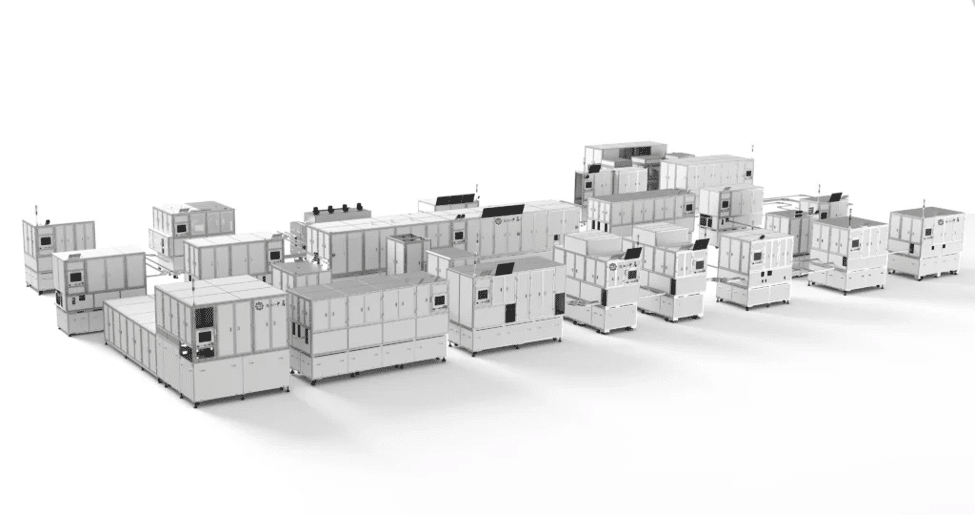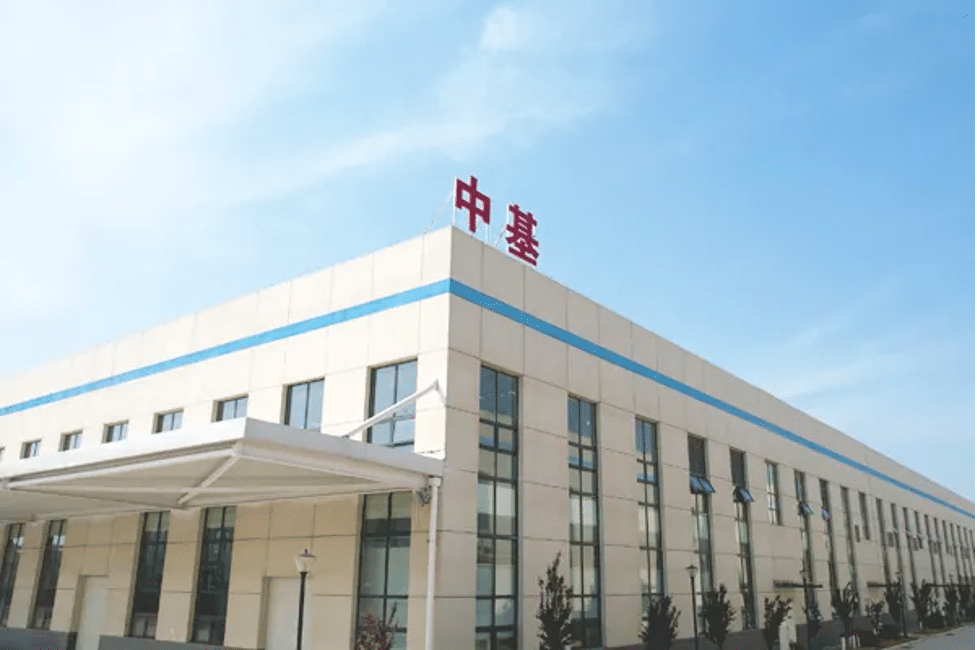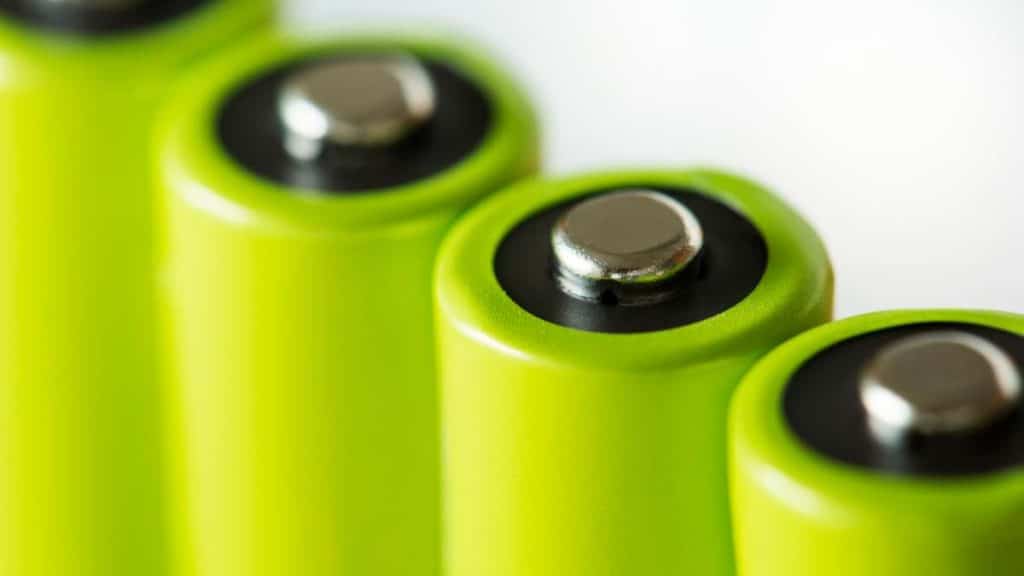In today’s technology-driven world, lithium batteries have become indispensable across a broad spectrum of industries. From powering the smartphones and laptops that keep us connected to driving the electric vehicles (EVs) that promise a greener future and stabilizing the grids of renewable energy systems, these batteries are foundational to modern life. The importance of lithium batteries extends beyond mere functionality; they are crucial in our transition toward sustainable energy.
However, the production of lithium batteries is a complex and intricate process, demanding precise control over numerous variables to ensure quality and efficiency. This article aims to present the lithium battery production process, offering a detailed overview of how these essential components are brought from concept to completion.
Explaining the Lithium Battery Production Process
Understanding the lithium battery production process is essential for appreciating the technology and effort behind the batteries that power our devices and vehicles. Here’s a concise look at the key stages:
1. Raw Materials and Sourcing
The journey begins with the procurement of high-quality raw materials, primarily lithium, cobalt, nickel, and manganese. Sourcing these materials responsibly and sustainably is critical, given the environmental and ethical implications involved.
2. Cell Manufacturing Process
Next, these materials undergo several processes for cell manufacturing :
Electrode Manufacturing: The process begins with the preparation of the anode and cathode materials, which involves mixing active materials, binders, and solvents to form a slurry. This slurry is then applied to a current collector, typically a metal foil coated with a thin layer of metal oxide for the cathode or carbon for the anode. This step is crucial as it ensures the homogeneity of the slurry, which affects the battery’s performance.
Drying: After preparation, the electrodes are dried to remove the solvent. This step is critical as it sets the structure of the electrode and can affect the battery’s energy density and rate capability.
Calendaring: The dried electrodes are then calendared to smoothen the surface and increase the density of the electrode material, which can improve the energy density of the battery
3. Battery Pack Assembly
This step involves careful configuration to ensure the packs meet specific voltage and capacity requirements.
Electrode Cutting and Shaping: The calendared electrodes are then cut to size and shaped as required for the specific battery design. This step can involve slitting, cutting, and punching to form tabs or other connection points.
Cell Assembly: The electrodes, along with separators that prevent direct contact between the anode and cathode, are assembled into a cell. This involves placing the electrodes on either side of the separator and rolling or stacking them together. The assembly is then inserted into a casing, which can be aluminum for a pouch cell, steel or plastic for a prismatic or cylindrical cell.
Filling and Sealing: The assembled cell is then filled with an electrolyte, which is a liquid or solid substance that allows the transfer of ions between the anode and cathode. The cell is often vacuum-filled to ensure all spaces within the cell are saturated with the electrolyte. Once filled, the cell is sealed to prevent the escape of the electrolyte.
4. Quality Control and Testing
Once sealed, the final stage entails rigorous testing of each battery pack to ensure they meet stringent performance criteria, including capacity, durability, and safety standards. This process involves stress tests, performance analyses, and long-term endurance assessments to guarantee reliability before they reach the market.
Each stage of the lithium battery production process is geared towards maximizing the efficiency and life span of the batteries, ensuring they meet the high demands of various applications.
Noticing Other Issues During Lithium Battery Production
As the demand for lithium batteries grows, addressing several critical issues within the lithium battery production process becomes paramount to maintaining quality and sustainability:
1. Safety Protocols and Regulatory Compliance
Safety is a non-negotiable aspect of the lithium battery production process. When operating battery manufacturing equipment, adhering to strict safety protocols and meeting international regulatory standards are essential to prevent risks such as overheating and short circuits. Implementing thorough testing and quality control measures throughout the production process helps maintain compliance and ensure consumer safety.
2. Environmental Sustainability
The environmental impact caused by processing lithium batteries is a growing concern. Developing and implementing recycling technologies and reducing the carbon footprint of production processes are vital steps toward green manufacturing. Emphasizing sustainable sourcing and waste management practices is also crucial for reducing the overall environmental burden of lithium battery production.
3. Manufacturing Efficiency
Leveraging automation in the production line not only streamlines operations but also enhances the consistency and quality of the batteries produced. Automated systems can optimize every step and continue battery production, from cell assembly to quality checks, ensuring high efficiency and lower production costs.
Focusing on these areas ensures that the lithium battery production process is not only efficient and safe but also aligns with global sustainability goals, creating a more environmentally responsible energy future.

Implementing Turnkey Solutions with SZJ Automation
The lithium battery production process is intricate, requiring not just advanced technology but also a keen understanding of engineering and material science. To address the complexities of this process, SZJ Automation offers an Intelligent Solution for Cylindrical Cell Assembly Line for battery manufacturers to achieve highly efficient and continuous battery production. With an impressive production rate spanning from 50 to 350 PPM, this automated battery manufacturing solution epitomizes high speed without compromising on quality. Besides, with its automated operation controlled by your settings, this Intelligent Solution for Cylindrical Cell Assembly Line offers unparalleled convenience and precision. Whether you’re fine-tuning production parameters or monitoring performance metrics in real time, this intelligent manufacturing system empowers you to enhance production efficiency with ease.
Conclusion
Understanding the lithium battery production process is crucial for anyone involved in the burgeoning field of battery technology, from researchers and engineers to end-users. And pay attention to automation, safety, and sustainability to further upgrade the whole lithium cell assembly.

And SZJ Automation, with its expertise in turnkey automated battery manufacturing solutions and its over 20 years of experience in battery manufacturing machines, stands out as a leader in this industry. Trust in SZJ Automation’s solutions not only guarantees high-quality battery production but also supports the advancement of safer, more sustainable battery technologies for a greener future. Browse SZJ Automation’s official websites to check out more.

